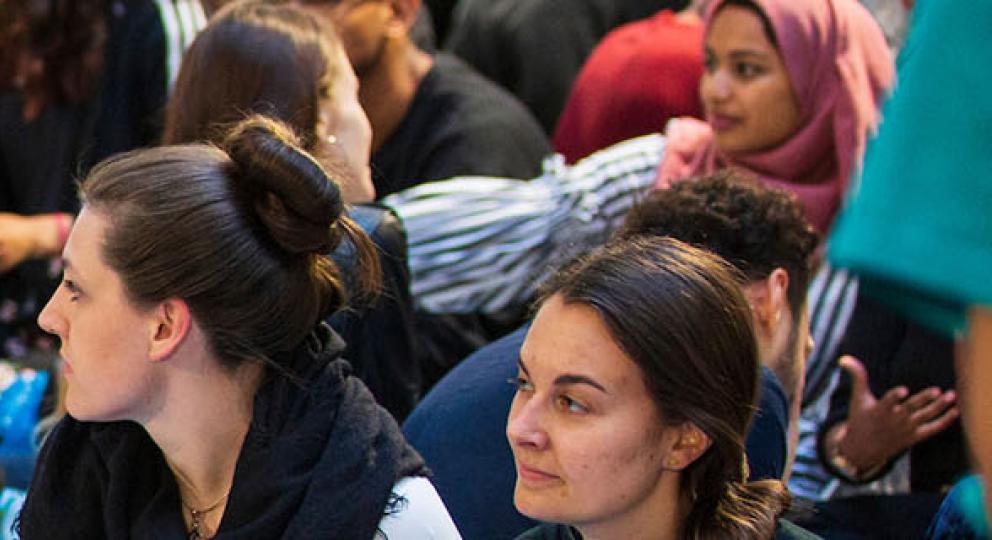Article 2 protects your right to life
Article 2 of the Human Rights Act protects your right to life.
This means that nobody, including the Government, can try to end your life. It also means the Government should take appropriate measures to safeguard life by making laws to protect you and, in some circumstances, by taking steps to protect you if your life is at risk.
Public authorities should also consider your right to life when making decisions that might put you in danger or that affect your life expectancy.
If a member of your family dies in circumstances that involve the state, you may have the right to an investigation. The state is also required to investigate suspicious deaths and deaths in custody.
The courts have decided that the right to life does not include a right to die.
Separately, Protocol 13, Article 1 of the Human Rights Act makes the death penalty illegal in the UK.
Are there any restrictions to this right?
Article 2 is often referred to as an ‘absolute right’. These are rights that can never be interfered with by the state. There are situations, however, when it does not apply.
For example, a person’s right to life is not breached if they die when a public authority (such as the police) uses necessary force to:
- stop them carrying out unlawful violence
- make a lawful arrest
- stop them escaping lawful detainment, and
- stop a riot or uprising.
Of course, even in these circumstances, the force used must be essential and strictly proportionate. Force is ‘proportionate’ when it is appropriate and no more than necessary to address the problem concerned.
The positive obligation on the state to protect a person’s life is not absolute. Due to limited resources, the state might not always be able fulfil this obligation. This could mean, for example, that the state does not have to provide life-saving drugs to everyone in all circumstances.
Using this right – example
A social worker from the domestic violence team in a local authority used human rights arguments to get new accommodation for a woman and her family at risk of serious harm from a violent ex-partner. She based her case on the local authority’s obligation to protect the family’s right to life and the right not to be treated in an inhuman or degrading way.
(Example provided by the British Institute of Human Rights)
What the law says
This text is taken directly from the Human Rights Act.
Article 2: Right to life
1. Everyone’s right to life shall be protected by law. No one shall be deprived of his life intentionally save in the execution of a sentence of a court following his conviction of a crime for which the penalty is provided by law.
2. Deprivation of life shall not be regarded as inflicted in contravention of this Article when it results from the use of force which is no more than absolutely necessary:
- in defence of any person from unlawful violence
- in order to effect a lawful arrest or to prevent the escape of a person lawfully detained, and
- in action lawfully taken for the purpose of quelling a riot or insurrection.
Note: See Article 1 of Protocol 13 for the wording in the Act that makes the death penalty illegal in the UK.
Example case: Pretty v United Kingdom [2002]
A woman suffering from an incurable degenerative disease wanted to control when and how she died. To avoid an undignified death, she wanted her husband to help her take her life. She sought assurance that he would not be prosecuted, but the European Court of Human Rights found that the right to life does not create a right to choose death rather than life. It meant there was no right to die at the hands of a third person or with the assistance of a public authority.
Case summary taken from Human rights, human lives: a guide to the Human Rights Act for public authorities, which shares examples and legal case studies that show how human rights work in practice.
Last updated: 03 Jun 2021




